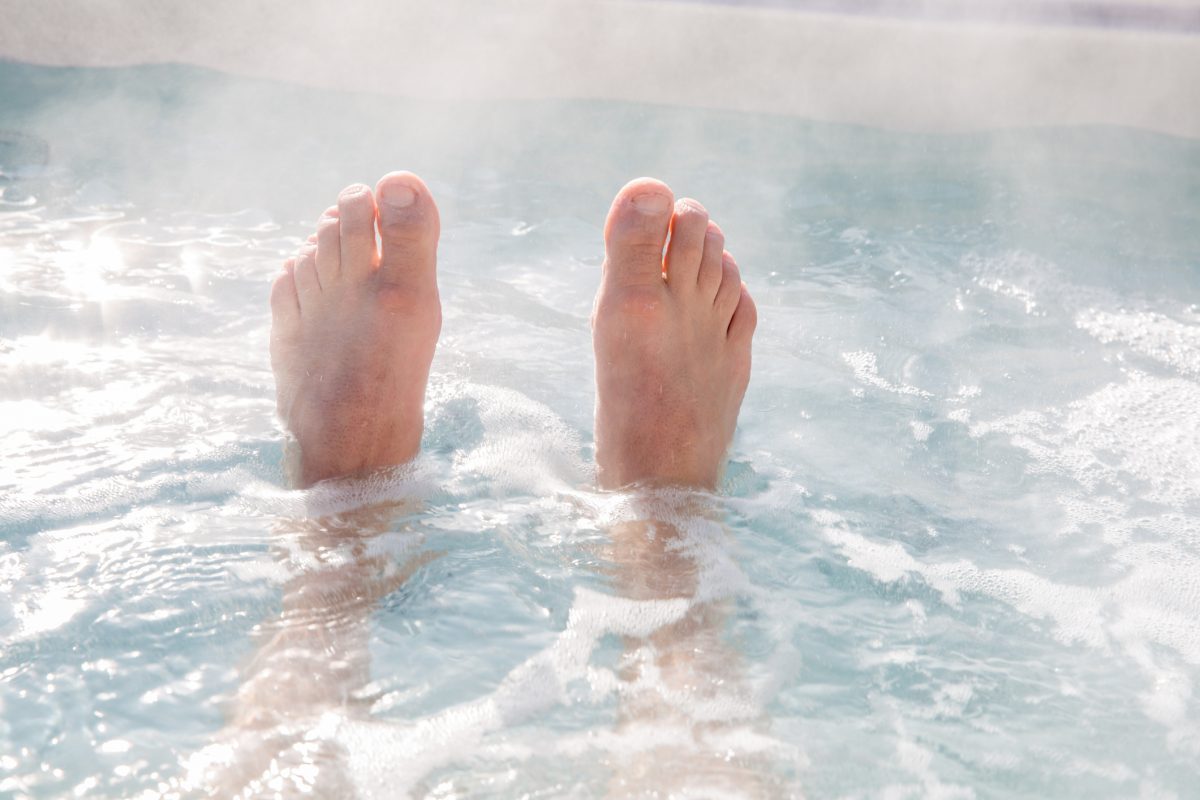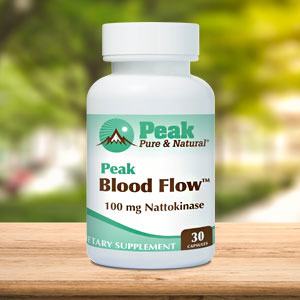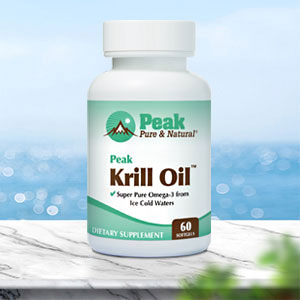Whenever I book a hotel, I look for one that has a hot tub. To me, it’s a necessity, not a luxury.
Most hotels with hot tubs also have saunas, but I prefer the hot, bubbling water of the tub. The combination of heat and water soothes my body and relaxes my mind like nothing else can.
As it turns out, the time I’ve spent in hot tubs has provided me with more than just an hour or so of relaxation. Research shows that the heat of a hot tub or sauna stimulates all sorts of beneficial health effects.
And just in case you’re considering installing one or the other in your home, research also shows that the tub wins out hands down in terms of therapeutic value, especially when it comes to blood pressure and immune system response.
Hot tubs beat saunas for lasting benefits
Both hot tubs and saunas are great for soothing aching muscles and providing welcome warmth, but hot tubs might offer greater health benefits.
That’s what researchers at the Bowerman Sports Science Center at the University of Oregon found in a study involving ten men and ten women who exercised regularly, ranging in age from 20 to 28 years old.
The researchers monitored their body temperature, blood pressure, heart rate, cardiac output (the amount of blood the heart pumps per minute) and immune cell populations, as well as blood biomarkers of inflammation.
This data was collected before, during, and after subjects soaked in a hot tub and sat in both a dry heat and infrared sauna.
Their findings showed that hot water immersion raised core body temperature more than dry sauna, which in turn caused an increase in blood flow and immune system response.
“We saw that hot water immersion was the most impactful in increasing core body temperature, which is the main stimulus for these subsequent responses,” Atencio said. “Increasing body temperature causes an increase in blood flow, and just the force of blood moving across your vessels is beneficial for your vascular health,” says lead study author Jessica Atencio
Need more good news? They say the benefits can last beyond the minutes spent directly in the hot tub.
This isn’t the first study to imply the benefits of hot water on heart health, either. And how to get them without a hot tub.
A safe option for those who can’t exercise
“We always say that exercise is the primary nonpharmacological treatment that people should be doing to promote health, but some people can’t or just won’t exercise,” says Atencio. “Heat therapy is good supplementation.”
In other words, for those people who can’t or won’t exercise, time spent in a hot tub can provide some of the same benefits.
But just as with exercise, hot tub time must be done in moderation.
“We want people to be smart and safe about it,” says Prof. Christopher Minson, in whose lab the study was conducted.
“We need to make sure that they are cleared by their physicians or others for heat therapy or for exercise, whether it’s mild to moderate walking or jogging or strength training. Then they’ll be fine to do heat therapy.”
Some general hot tub safety rules:
Always check the temperature before entering the hot tub. The maximum safe temperature for a hot tub is 104°F (40°C).
Limit soaking time to 15-20 minutes, especially at higher temperatures.
Hydrate adequately to prevent dehydration and overheating.
Avoid alcohol and drugs before or during hot tub use, as they can increase the risk of drowning and other accidents.
Shower before and after using the hot tub to remove sweat, dirt, and personal hygiene products.
Sources:
Hot tubs outperform saunas in boosting blood flow and immune power — Science Daily
Comparison of thermoregulatory, cardiovascular, and immune responses to different passive heat therapy modalities — American Journal of Physiology
Read full article here




